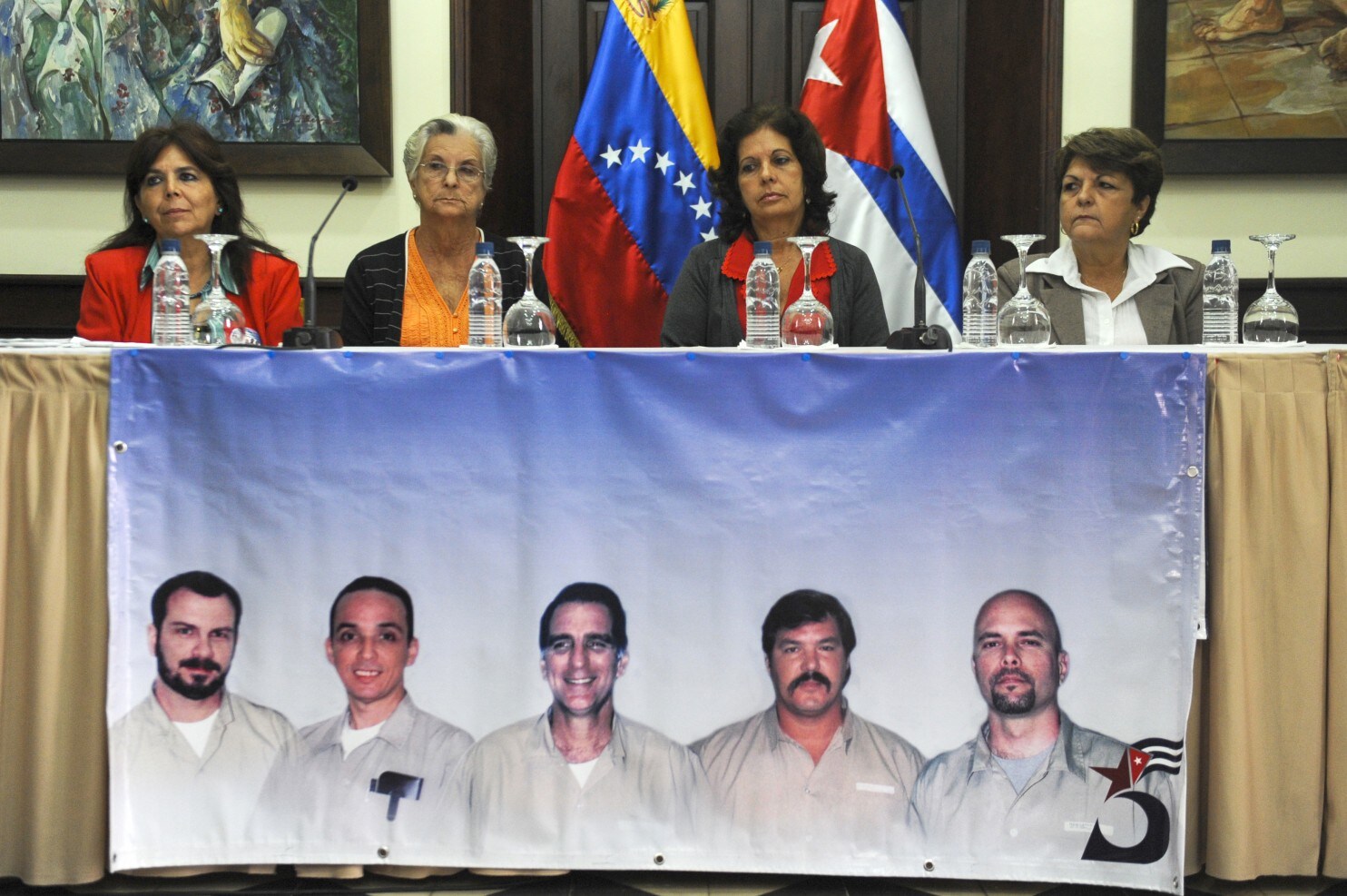Netflix’s ‘Wasp Network’ follows the stories of several Cuban spies who infiltrate Cuban-American organizations that have been trying to sabotage the economy of their country. The film focuses on the sacrifices that these people have to make in service of their country, while also sketching out different character arcs for all of them. At the beginning itself, it is declared that it is based on a true story. But how true is it really? Let’s find out.
Is Wasp Network a true story?
Yes, ‘Wasp Network’ is based on a true story. The film derives its material from a non-fiction book, ‘The Last Soldiers of the Cold War: The Story of the Cuban Five’, written by Fernando Morais. It focuses on the history of the strained relationships between America and Cuba and how it led to the events in the 1990s that eventually culminated in the story of the Wasp Network and The Cuban Five.
What is the Wasp Network?
Tensions had existed between the USA and Cuba ever since the latter aligned itself with the communist regime of the former Soviet Union. Fidel Castro emerged as the leader of Cuba, and the knot further complicated. This tension was escalated by the anti-Castro groups that had established their roots in America, mainly around Florida. One of the critical elements in Cuba’s economy was its tourism industry, and these groups would commit acts of terrorism to swing an ax on the economy. Once the financial situation of the country met its breaking point, it would be easier for them to uproot Castro and turn Cuba into a democratic state.
When the Soviet Union dissolved, a lot of people thought that Castro’s regime would soon come to an end as well. But when this didn’t happen, the anti-Castro groups got back to their violent means to achieve their ends. This is when the Cuban intelligence decided to infiltrate these groups, identify their leaders, and dismantle them entirely. Over a couple of years, several secret agents were sent to America under the guise of being defectors.
The network was headed by Gerardo Hernandez aka Manuel Viramontez. He would stay in touch with several men and women who had succeeded in placing themselves in different positions in several Cuban-American groups like Alpha 66, the F4 Commandos, the Cuban American National Foundation, and Brothers to the Rescue. They were called La Red Avispa aka the Wasp Network.
The network proved to be highly efficient in their work and they successfully thwarted several attacks on Cuban soil. Meanwhile, US intelligence agencies like the FBI had been keeping an eye on them, but did not take any strict action against them until the events of February 1996. This was when Cuban MiGs shot down two unarmed Brothers to the Rescue aircrafts which led to the death of four American citizens. Because this happened due to the intel provided by the network, the government decided to act against them.
The information that the Cubans had shared with the Americans to go after Luis Posada, who was responsible for the 1997 bombings in Havana, was used to put a stop at the Wasp Network.
Who are The Cuban Five?

When the members of the Wasp Network were arrested, the FBI gave them a plea deal to turn into informants for a lesser sentence. Five of them didn’t go forward with it and were convicted for the crimes of espionage and conspiracy, among other things. These people- Gerardo Hernández, Antonio Guerrero, Ramón Labañino, Fernando González, and René González- came to be known as the Cuban Five and were hailed as heroes back home.
After initially denying them for some time, the Cuban government eventually acknowledged them, while also focusing on the fact that they were not spying on America but on the Cuban exile community to find the masterminds of the terrorist attacks in Cuba. The case of the Five also gained international attention, wherein several noted personalities, including several Nobel Prize winners, stood by them. However, this did not affect their trial and subsequent sentences.
What Happened to the Cuban Five?
In December 2001, Hernández was sentenced to two life sentences, to be served consecutively. Guerrero and Labañino got life sentences, while Fernando González and René González got 19 and 15 years, respectively. Their lawyers tried to overturn their conviction or get reduced sentences that would allow them to return home, but it was years before their efforts would come to fruition.
After spending 13 years in prison, René González was released in 2011, with 3 years in probation. He returned to Cuba in 2013 and was allowed to stay there in place of giving up his US citizenship. Fernando González was released in February 2014, while the rest returned home in December 2014 as a part of the prisoner swap between Cuba and America.
Read More: Where Was Wasp Network Filmed?


You must be logged in to post a comment.